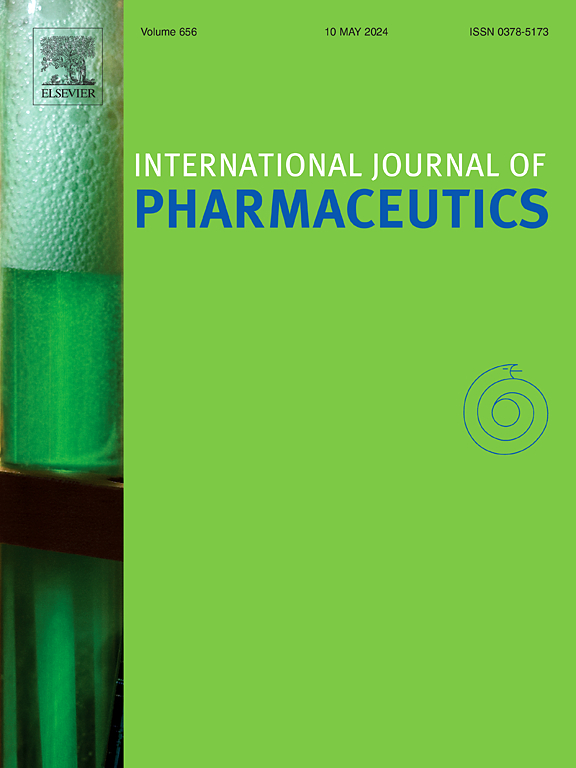Transcutaneous delivery of disease-specific PI3K/Akt/mTOR inhibitor-based hybrid nanoparticles in hydrogel system for the management of psoriasis: Insights from in vivo studies
IF 5.3
2区 医学
Q1 PHARMACOLOGY & PHARMACY
引用次数: 0
Abstract
Psoriasis is a chronic autoimmune skin disorder characterized by excessive epidermis thickening, keratinocyte proliferation, and angiogenesis, driven by the PI3K/Akt/mTORC1, one of the key signalling axis of psoriasis. Corticosteroids used for treatment have limited efficacy and numerous side effects, thereby necessitating the development of safer, targeted therapeutic options for improved disease management and patient outcomes. Here we address this problem by encapsulating the PI3K/Akt/mTORC1 inhibitor Rapamycin in lipid-polymeric conjugated hybrid nanoparticles (RPMN) and incorporating these particles in a carbopol-based hydrogel system (RPMNGel), with enhanced release kinetics, long-term stability, better spreadability over reported literature for the treatment of psoriasis, and skin residence time. Using an in-vivo imiquimod-induced psoriatic model, in comparison to free drug-loaded gels, RPMNGel showed increased accumulation and deeper epidermal penetration, and slower diffusion within the psoriatic skin without causing any side effects to normal skin. The cumulative psoriasis area severity index score reduced from 10.5 to 5. 1 at day 7 in the group treated with RPMNGel. Overall, our studies establish the efficacy of RPMNGel for improved psoriasis treatment and management through enhanced drug penetration, prolonged drug release and reduced systemic toxicity.

求助全文
约1分钟内获得全文
求助全文
来源期刊
CiteScore
10.70
自引率
8.60%
发文量
951
审稿时长
72 days
期刊介绍:
The International Journal of Pharmaceutics is the third most cited journal in the "Pharmacy & Pharmacology" category out of 366 journals, being the true home for pharmaceutical scientists concerned with the physical, chemical and biological properties of devices and delivery systems for drugs, vaccines and biologicals, including their design, manufacture and evaluation. This includes evaluation of the properties of drugs, excipients such as surfactants and polymers and novel materials. The journal has special sections on pharmaceutical nanotechnology and personalized medicines, and publishes research papers, reviews, commentaries and letters to the editor as well as special issues.

 求助内容:
求助内容: 应助结果提醒方式:
应助结果提醒方式:


